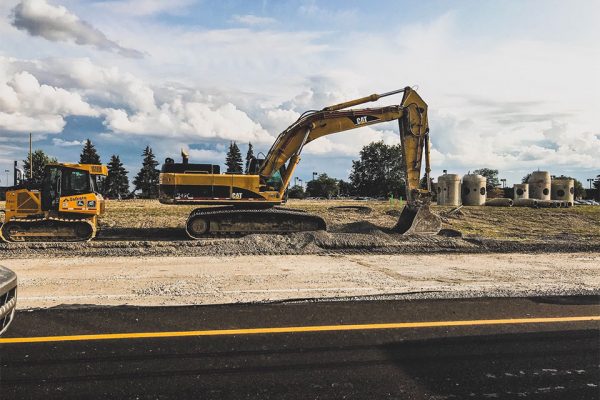
When you’re managing a job site, you quickly learn how expensive and painful interruptions to work can be. If you’re working in an environment that has you limited by the seasons, you’ve learned this lesson ten times over. With that in mind, the following will explore a few things you can do to help maintain regular output from any job sites you manage.
Know The Rules
This point shouldn’t need to be said, but it does. Nothing can slow down progress on a project like bureaucracy. Well in advance of people showing up for a job site, you need all your paperwork in order. You need to be aware of the bylaws (some townships limit the hours you’re allowed to work, while others require special permits for things above a certain height). Figure out the regulations for a given site and follow them carefully.
A major component of this, as of recently, is conducting proper surveys. Many areas require an archaeology firm to come and examine the site before building can occur. This will help reduce the chances of you beginning to dig and then finding a priceless site and having the whole project shut down before it’s really begun.
Prepare For The Environment
Depending on where your job site is located, you could be facing a wide array of climate and environmental factors. Make sure you know what weather to expect and have weatherproofed your work accordingly.
Make sure that all your devices and tools can handle the temperatures they’ll be dealing with. It’s worth noting that cold makes batteries drain far faster than normal.
Will you have enough power and gasoline for the tools you need to use? Is the power in the area consistent enough to keep you working? If it isn’t, sort out alternative power sources. Make sure you learn about all the options available; for instance, propane generators for your construction site can be a lot better than electric provided you have steady access to propane. Ask yourself about the quality of road access to your site. Make sure you have the tools needed to deal with problems that could arise, like vehicles stuck in the mud.
Keep People Safe
Another thing that can massively slow down work (or halt it altogether) is workplace injuries. Make sure that everyone who visits the site has been educated on proper safety precautions and is wearing the appropriate personal protective equipment.
In recent years, a huge component of safety procedures has revolved around digital security. If any part of your project involves digital components, you need to be taking cybersecurity seriously. The cost of cybercrime is expected to rise to $10.5 trillion by 2025. Businesses of all sizes in all industries have been and continue to be targeted. Just like it’s your responsibility to keep physical people and objects safe in the workplace, you’re also responsible for the digital safety of your staff, business, and clients.

Develop A Solid Pipeline
When multiple people are working on a project, things can be dramatically slowed or halted by people not knowing where to go for confirmation of an idea or approach. Hiccups and glitches happen in every project, including on job sites. Staff needs to be able to look at something and say: hey, what we were planning isn’t going to work now that I’ve seen this. They need a quick and easy way to get approval for a new course of action if you want work to continue. For this reason, you want a clear chain of command and a straightforward pipeline that allows decisions to be made and acted upon with the appropriate approval as quickly as possible.
Minimize Meetings
Slowly people are realizing that meetings can be brutal time sucks if they’re not properly managed. Meetings should be minimal and involve only the people who need to be there. Encourage a workplace culture that allows people to say: hey, this meeting doesn’t actually apply to me; I’m going to get back to work. If a meeting isn’t providing value to someone attending, they shouldn’t be forced to attend. If a meeting could have been an email, it shouldn’t have been a meeting. Finally, you want to avoid regular meetings that don’t have a specific target. If everyone meets every Thursday, but there’s no goal of the meeting, you don’t need people meeting every Thursday. Remember, every minute people spend in a meeting is a minute not spent working.
Employee Satisfaction
People who are happy with their work do better work; they take fewer unnecessary breaks. Part of keeping a project functioning involves having people do good work that doesn’t need to be redone later. Figure out what your employees need to thrive and give it to them.
The above information should help you keep your project running smoothly. Of course, this doesn’t mean you should ignore storm warnings or other urgent messages from local government and law enforcement. If you’re being told that continuing work is a risk, you need to step back and reevaluate the situation.
SUBSCRIBE FOR MORE! HERE’S WHY:
1. You get 7 free books
2. You get the best money & productivity articles
3. You get the latest updates – all in one email per week
You have Successfully Subscribed!
